Nepal begins electricity exports to Bihar, India for the first time
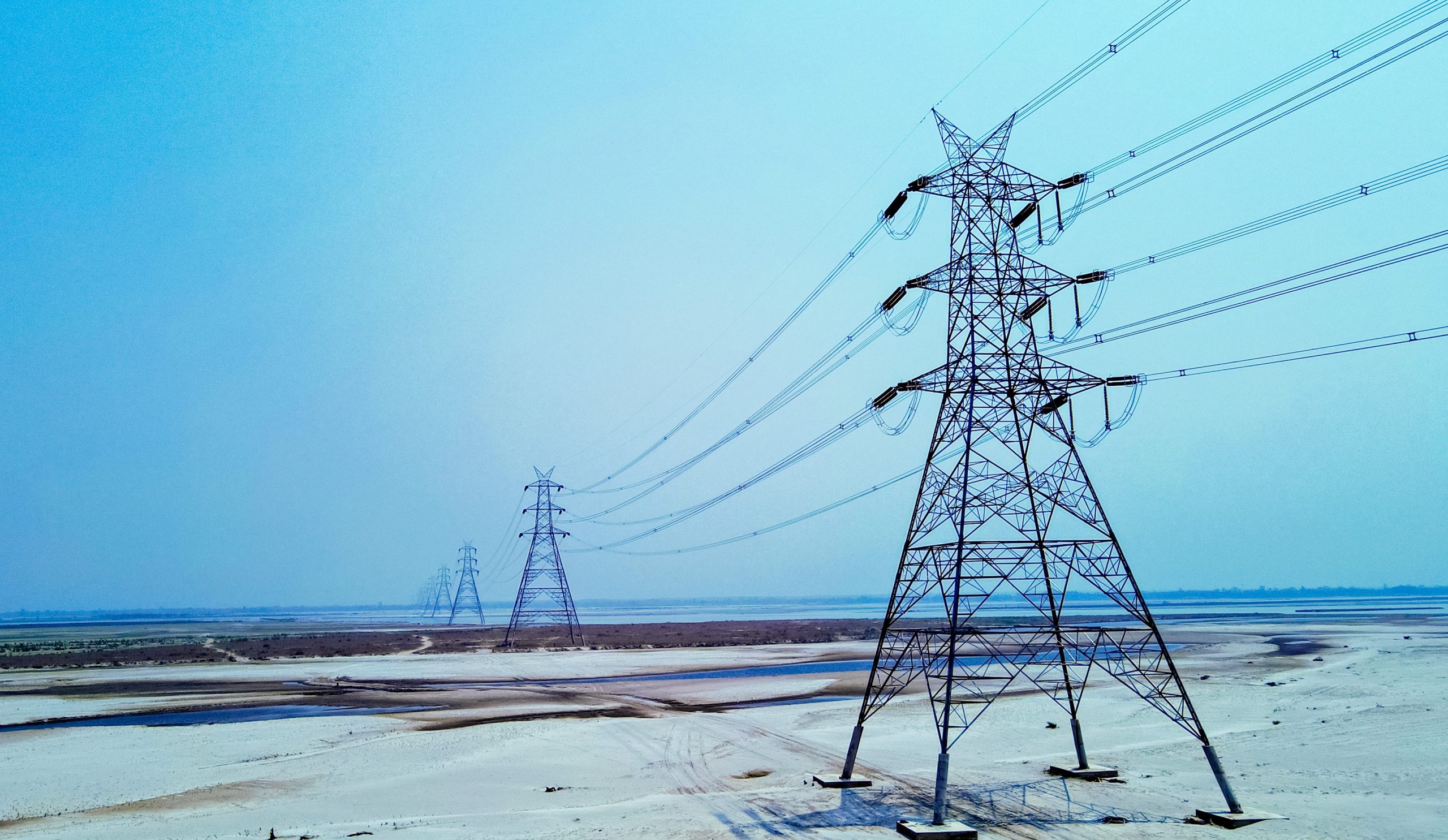
KATHMANDU: For the first time in history, Nepal has commenced electricity exports to India’s Bihar state, the Nepal Electricity Authority (NEA) announced. The exports began on Thursday, with an initial supply of 40 MW of electricity. NEA’s Executive Director, Kulman Ghising, confirmed that the power is being exported through the Kataiya-Kushwaha transmission line, with electricity sourced from the Modi (14.4 MW), Mayakhola (14.453 MW), and Dudhkunda (11.64 MW) hydropower projects. More electricity from other approved projects will gradually be exported, Ghising stated.
Under a medium-term agreement, Nepal is exporting power to Bihar via Power Trading Corporation (PTC) India. Earlier this month, the Indian Embassy in Nepal confirmed that Nepal had received approval to export an additional 251 MW of electricity to the Indian states of Bihar and Haryana. The Central Electricity Authority of India granted NEA approval to export 125.89 MW to Haryana and 125 MW to Bihar.
In addition to the current three projects, NEA has received approval to export 125 MW of electricity from hydropower projects such as Dordikhola-1 (11.64 MW), Down Piluwa (9.991 MW), Lower Khare (10.67 MW), Upper Khimti (11.64 MW), Upper Khimti-2 (6.8 MW), Gandak (14.6 MW), and Upper Solu (19.21 MW). The transmission lines linking Bihar include Kataiya, Raxaul, and Ramnagar, with the initial exports occurring via the Kataiya line, according to Ghising.
NEA is also supplying 125.89 MW of electricity from two hydropower projects to Haryana’s distribution companies. This follows an ongoing agreement where 109 MW of electricity was already being exported to Haryana. NEA spokesperson Chandan Kumar Ghosh explained that while exports to Haryana started immediately after receiving approval, the process took longer with Bihar due to technical issues. “We were already exporting electricity to Haryana, but it took time to finalize technical matters with Bihar, which delayed the exports despite receiving approval earlier,” Ghosh said.
During the monsoon season, NEA plans to sell excess electricity generated domestically to both Bihar and Haryana from June to October every year. With the addition of the recent exports, the total power exported under the medium-term agreement has reached 360 MW. NEA has received permission to export 941 MW of electricity, with the potential to sell an additional 10%. Currently, NEA is exporting approximately 800 MW of electricity daily.
Electricity exports to Bihar began with an initial 40 MW, with more expected to follow gradually. NEA has also been selling surplus electricity in the Indian competitive market, including the Real-Time Market and Day-Ahead Market, through India’s Energy Exchange (IEX). Electricity from 28 projects in Nepal, totaling 941 MW, will be sold to Indian states under both competitive markets and medium-term agreements.
In the first month of the current fiscal year, Nepal earned NPR 4.19 billion from electricity exports to India. During this period, NEA exported surplus electricity, generating NPR 4.19 billion in revenue, with an average daily export value of NPR 131 million. The average export price in July was NPR 8.51 per unit.
Last fiscal year, NEA imported electricity from India during the dry season, when river flows reduced power generation in Nepal. NEA imported 1.89 billion units of electricity, costing NPR 16.93 billion, while exporting 1.95 billion units to India, generating NPR 17.06 billion. Nepal’s electricity exports exceeded imports by NPR 130 million last fiscal year.



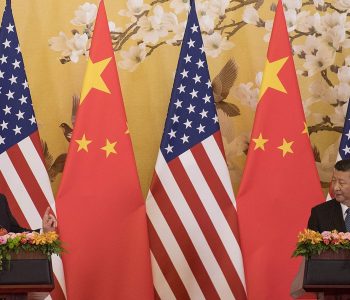
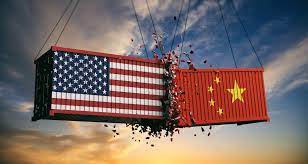
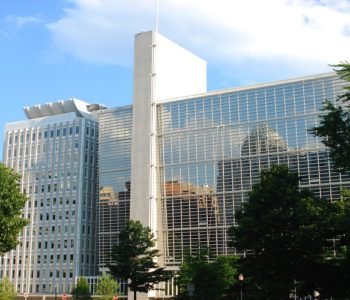



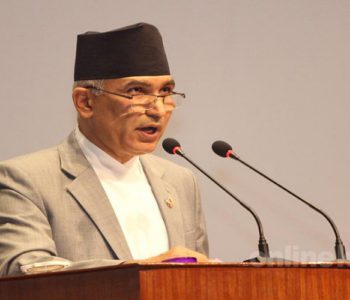
Facebook Comment